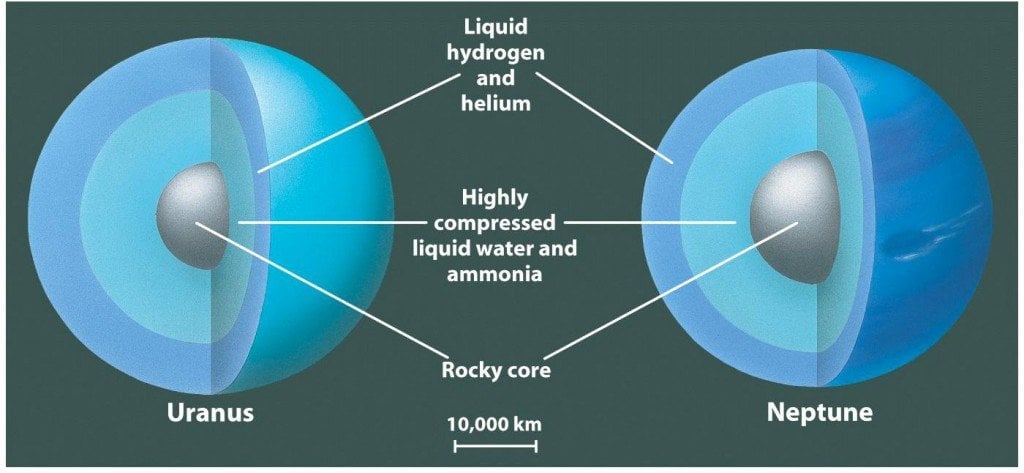

Many small-body populations, including comets, centaurs and interplanetary dust clouds, freely travel between the regions of the Solar System. There is consensus among astronomers on the classification of the following nine objects as dwarf planets: the asteroid Ceres, the Kuiper-belt objects Pluto, Orcus, Haumea, Quaoar, and Makemake, and the scattered-disc objects Gonggong, Eris, and Sedna.

These objects are distributed in the asteroid belt that lies between the orbits of Mars and Jupiter, the Kuiper belt, the scattered disc that lies beyond Neptune's orbit and at even further reaches of the Solar System (in which case they are classified as extreme trans-Neptunian objects). There are an unknown number of smaller dwarf planets and innumerable small bodies orbiting the Sun. All giant planets and a few smaller bodies are encircled by planetary rings, composed of ice, dust and sometimes moonlets. Six planets, the six largest possible dwarf planets and many other bodies have natural satellites or moons orbiting around them. In the present day, 99.86% of the Solar System's mass is in the Sun and most of the remaining mass is contained in the planet Jupiter. That is the reason why all eight planets have an orbit that lies near the same plane. Over time, the cloud formed the Sun and a protoplanetary disk that gradually coalesced to form planets and other objects. The Solar System was formed 4.6 billion years ago from the gravitational collapse of a giant interstellar molecular cloud. In some texts, these terrestrial and giant planets are called the inner Solar System and outer Solar System planets respectively. The gas giants are mostly made of hydrogen and helium, while the ice giants are mostly made of volatile substances such as water, ammonia, and methane. The terrestrial planets have a definite surface and are mostly made of rock and metal. The largest of such objects are the eight planets, in order from the Sun: four terrestrial planets, named Mercury, Venus, Earth and Mars and four giant planets, including two gas giants, Jupiter and Saturn, and two ice giants, named Uranus and Neptune. The Solar System is the gravitationally bound system of the Sun and the objects that orbit it. Invariable-to- galactic plane inclination


 0 kommentar(er)
0 kommentar(er)
